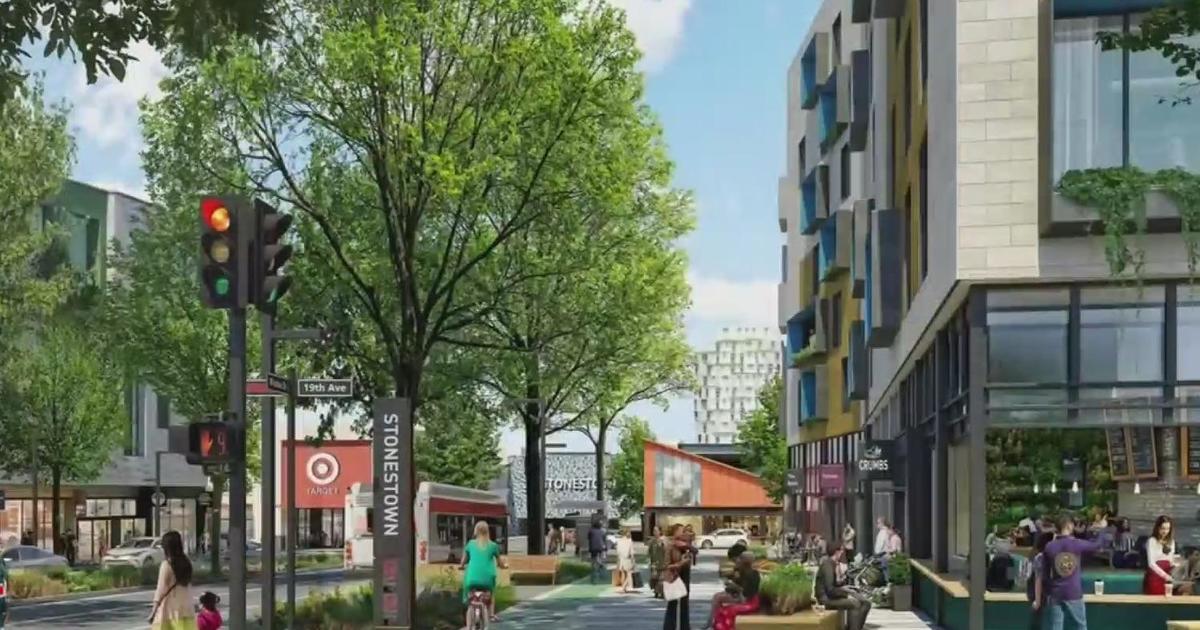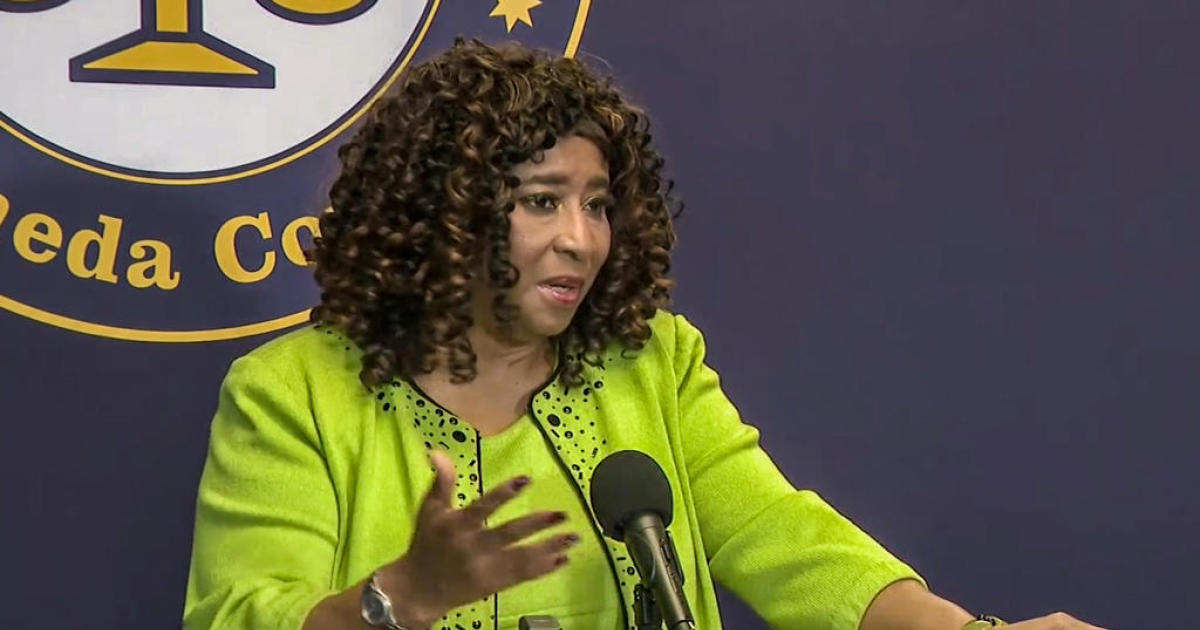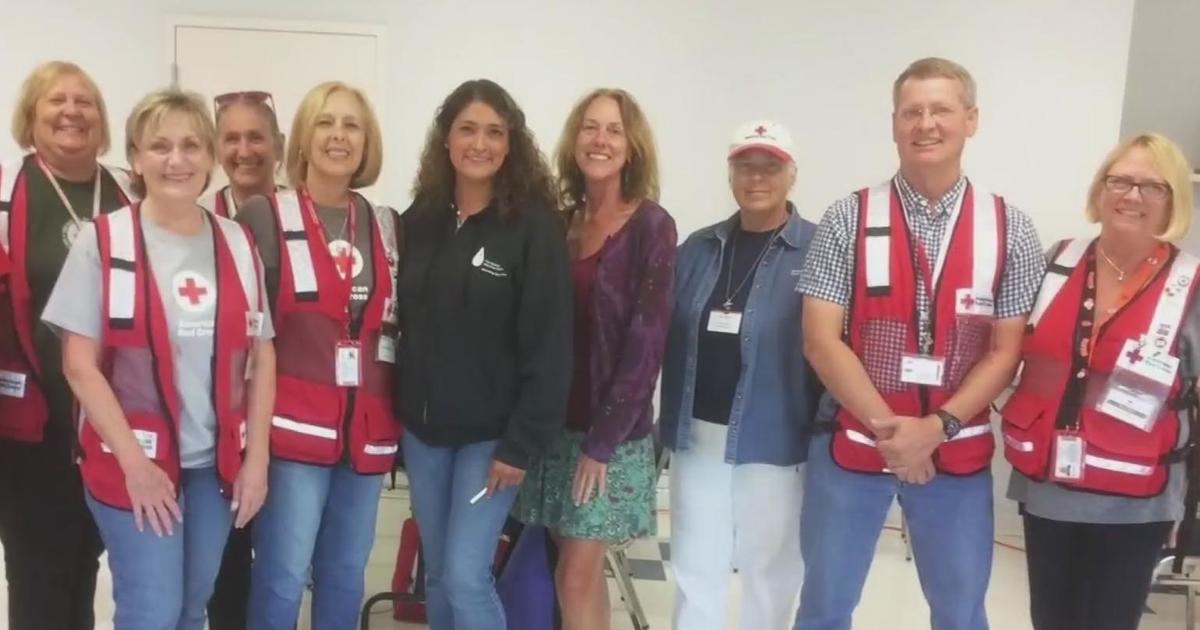Phil Matier: Top-Two Primary Voting System Could Shake Up California Politics
SACRAMENTO (KCBS ) — California's top-two primary system is in effect this year for the first time in statewide races and it looks it will be a huge game-changer.
The Top Two Primaries Act which was passed as Proposition 14 in 2010 was backed by then Gov. Arnold Schwarzenegger and it may well be one of his administration's most notable lasting legacies.
Phil Matier: Top-Two Primary Voting System Could Shake Up California Politics
Under the old system we had Democratic and Republican primaries in June and each side picked the candidate that would be put into the November runoff. If you could swing for the Republicans or the Democrats, you were able to run in what were largely safe voting districts.
Now, everybody is player.
Under the new two-tier system, any top-two vote getters can duke it out and as a result, it's Republicans versus Republicans and Democrats versus Democrats. Anybody and everybody are in and that means we are in for longer elections.
The fight now is to get the first and second slot for November. A good example is Rep. Mike Honda (D-San Jose) versus Ro Khanna for the congressional district in Silicon Valley. Challenging someone like Honda would have been unheard of few years ago until Eric Swalwell (D-Dublin) did that to Pete Stark in the East Bay and completely changed the equation.
In 2012, Pete Stark was a Democratic incumbent, who many assumed was unbeatable but Swalwell said he could get Republican crossover voters if he got into the second round—he did just that and took Stark out.
In the Sierra, Rep. Tom McClintock (R-Roseville)—a Tea Party favorite—is being challenged by Art Moore, a moderate Republican.
The effect can also be seen in the East Bay Assembly races where in Contra Costa, Steve Glazier, who's opposed to BART strikes is facing off with Tim Sbranti, a fellow Democrat, who's is back by labor unions. In between them is Catharine Baker, a Republican who could score 30 percent of the vote. It's a crapshoot and ads are all over the place.
Two Democrats or two Republicans could slug it out in November but it's the opposite party that will ultimately be left to decide because they make up about 20 to 30 percent of the vote. So it could be the Republicans deciding the fate of a heavily Democratic district or the Democrats doing the same in a heavily Republican District.
But that's democracy—everyone might get a choice again.



